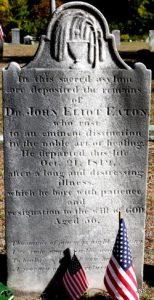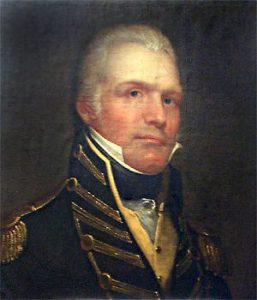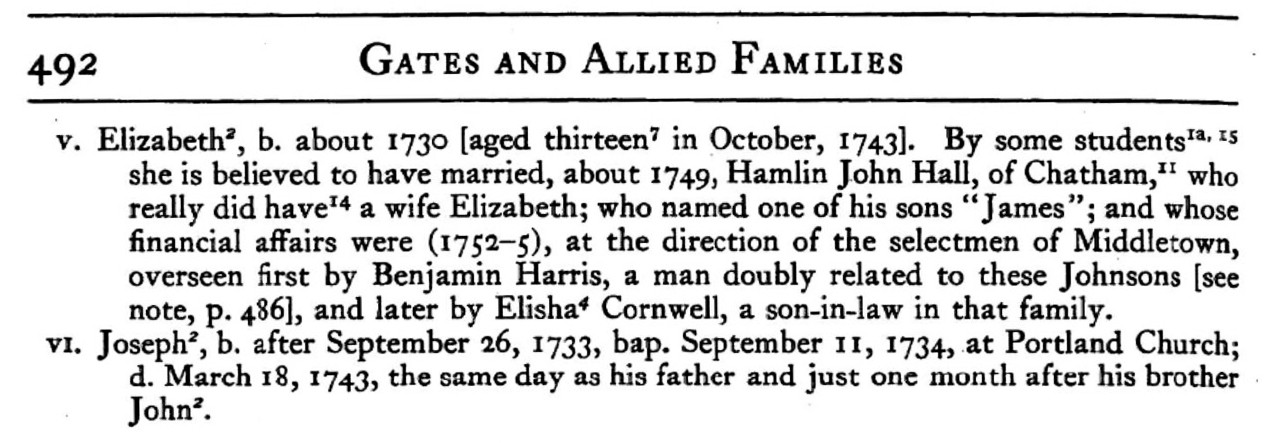
Recently I’ve been playing around with DNA Painter. It is a colorful, easy-to-use tool for understanding the chromosome segments you received from an ancestor. This free program lets you map DNA segments and assign or “paint” them various colors on your different chromosomes.
I created the chromosome map above by first determining a common ancestral couple between myself and a match. Then I download our shared segments and added them to DNA Painter. You can do this for any results found on 23AndMe, FamilyTreeDNA, MyHeritage, or GEDMatch. For each match I assigned them a color based on our most recent common ancestors. Continue reading DNA and a brick wall






